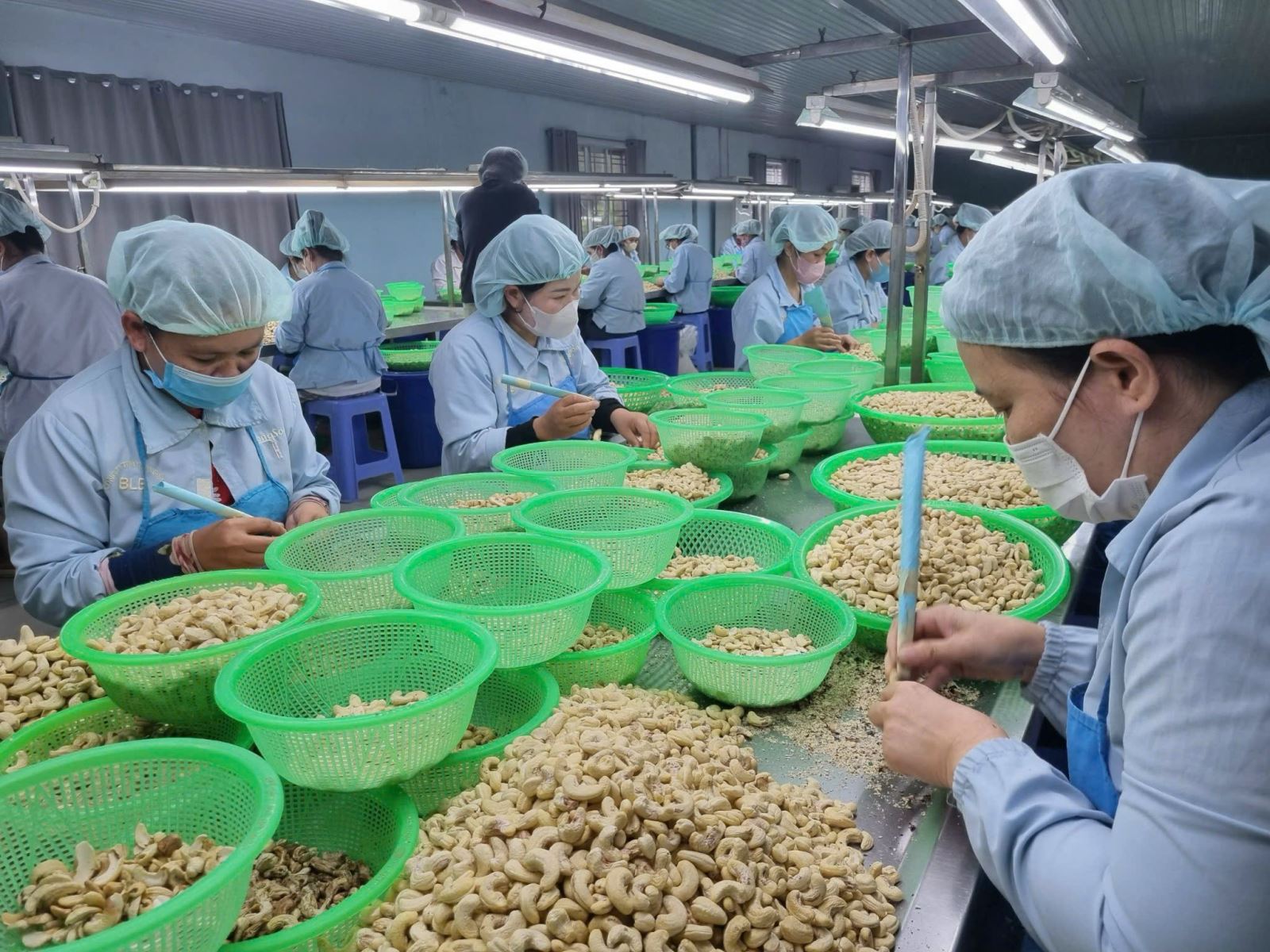
Speed up order fulfillment
In the last days of May, the atmosphere at Long Son Group’s factories became more urgent than ever. Hundreds of workers worked overtime to meet the deadline for delivering the last cashew orders to the US before the reciprocal tax of up to 46% was imposed.
Mr. Vu Thai Son, Chairman of Long Son Group, said that since US President Donald Trump announced the temporary suspension of reciprocal tariffs, businesses are still subject to a 10% tax when exporting goods to the US. “Many partners have negotiated for us to share the tax burden, even asking Long Son to shoulder 5%, but the profit margin of agricultural products is very thin, so we can only accept 3%. It is expected that by the end of June 2025, Long Son will complete about 20 containers of goods to this market. After that time, if there are more orders, businesses will continue to deliver, but the outlook is quite uncertain," said Mr. Son.
A similar situation is also taking place at Intimex Group. Mr. Do Ha Nam , Chairman of the Board of Directors of Intimex Group, said that American importers are currently urging for delivery before July. Intimex is running at full capacity to complete pre-signed orders. "We have not received any new orders. The situation is not optimistic because both Vietnamese enterprises and American partners are waiting for the negotiation results from the two governments," Mr. Nam added.
According to Mr. Ha Nam, with an annual export revenue of about 100 million USD to the US, if there are no new orders, Intimex can only reach 50% of the year's target. To compensate for the shortage of goods to the US when the US applies new tax policies, the company is currently proactively shifting to other markets such as Europe, the Middle East and countries that have signed new generation FTAs with Vietnam.
Meanwhile, the seafood industry is not immune to difficulties. Mr. Nguyen Van Minh, Director of Nghi Son Seafood Import-Export Company Limited, said that most customers have temporarily stopped placing orders to wait for new policies, only a few long-term partners are still purchasing. "We are still trying to maintain a stable production pace, without having to cut labor, but if orders continue to decrease, adjustments are inevitable," said Mr. Nguyen Van Minh.
The textile and garment industry, one of the key export sectors, is also under heavy pressure. According to Ms. Nguyen Thi Tuyet Mai, Deputy General Secretary of the Vietnam Textile and Apparel Association (VITAS), export turnover in the first quarter reached more than 4.5 billion USD, of which the US market accounted for 1.7 billion USD. However, most of the orders being implemented are contracts signed before the USTR announced the 46% anti-dumping tax rate in mid-April 2025. Currently, businesses are rushing to deliver goods before the tax is imposed, but new orders are almost "frozen".
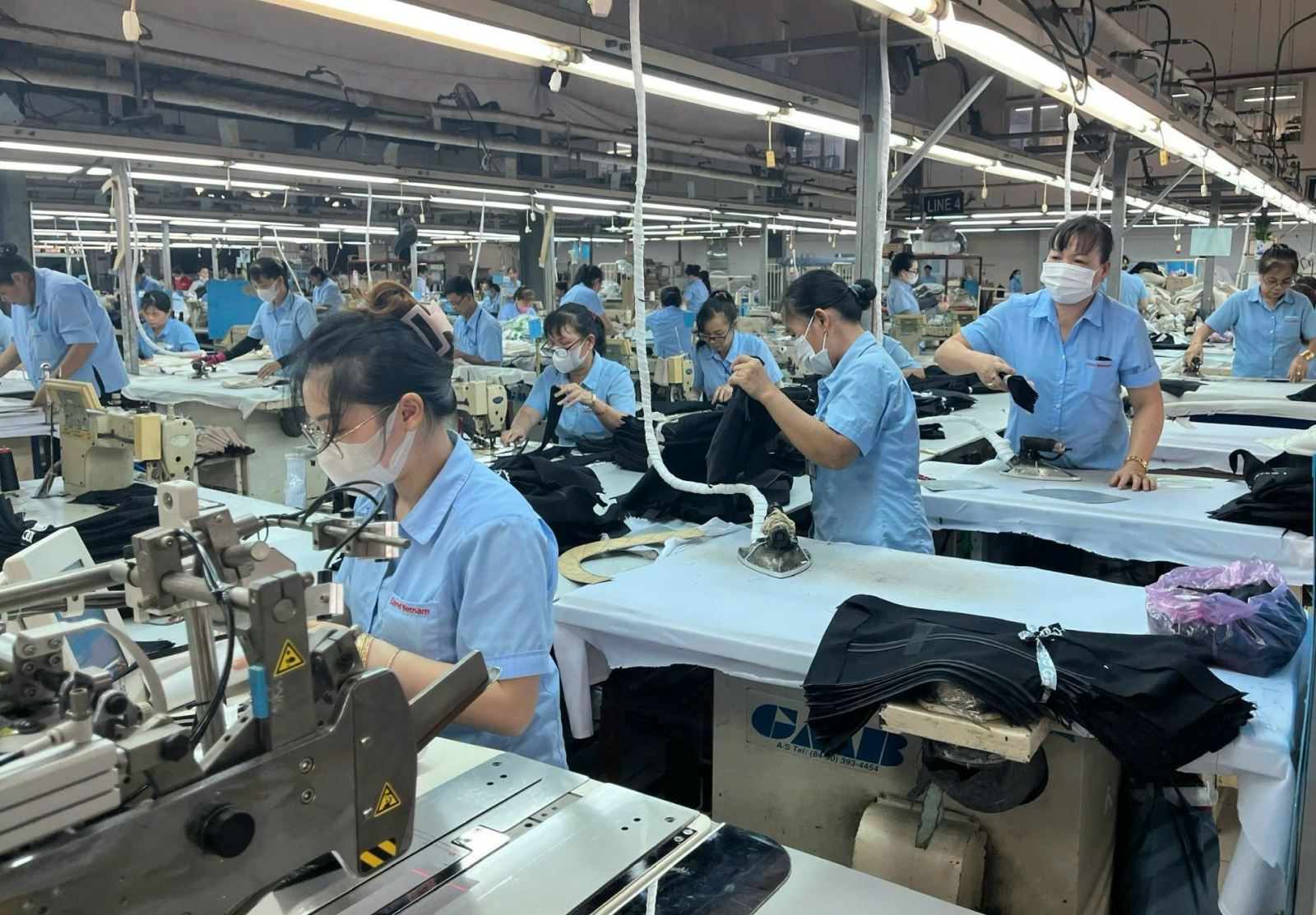
Amid the gloomy situation of many industries, the fruit and vegetable industry has become a rare bright spot in the export market to the US. Mr. Dang Phuc Nguyen, General Secretary of the Vietnam Fruit and Vegetable Association (VINAFRUIT), said that in the first quarter of 2025, the US unexpectedly increased its import of fruits and vegetables from Vietnam, bringing the turnover of this item to 111.5 million USD, an increase of 65% over the same period. The market share of Vietnamese fruits and vegetables in the US also increased from 5% to 9.6%. However, orders after July are still unclear because many partners are still waiting. "In fact, regardless of the industry, all businesses share the same hope that the upcoming negotiation results will help reduce tariffs to the lowest level, creating conditions for Vietnamese goods to continue to maintain their position in the US market," said Mr. Dang Phuc Nguyen.
Efforts to minimize long-term impacts
Mr. Bui Ta Hoang Vu, Director of the Department of Industry and Trade of Ho Chi Minh City, said that timely response not only helps businesses overcome short-term difficulties but also creates an opportunity to restructure the economy in a more sustainable direction. If the tax rate is up to 46%, it will cause export costs to nearly double, pushing the cost of goods too high compared to competitors who are not subject to taxes. In that context, businesses may be forced to cut export volume or temporarily suspend deliveries to avoid losses.
“We have forecast that Ho Chi Minh City’s export turnover to the US market will decrease in the second and third quarters of 2025. If the tax rate remains unchanged in 2026, many orders may be postponed or canceled due to partners’ concerns about excessive price increases,” said Mr. Bui Ta Hoang Vu.
According to Mr. Hoang Vu, the long-term consequences could spread to other socio-economic sectors if labor-intensive enterprises have to cut production, reduce working hours or lay off workers. At the same time, in an unfavorable market context, many enterprises may delay expanding investment and recruitment, affecting the city's overall growth target.
Faced with this reality, Ho Chi Minh City is promoting policies to support businesses in diversifying their markets and seeking export opportunities to countries that have signed free trade agreements with Vietnam. At the same time, the industry and trade sector is also coordinating with other departments to enhance market information, provide legal advice, and encourage domestic businesses to increase the localization rate in production.
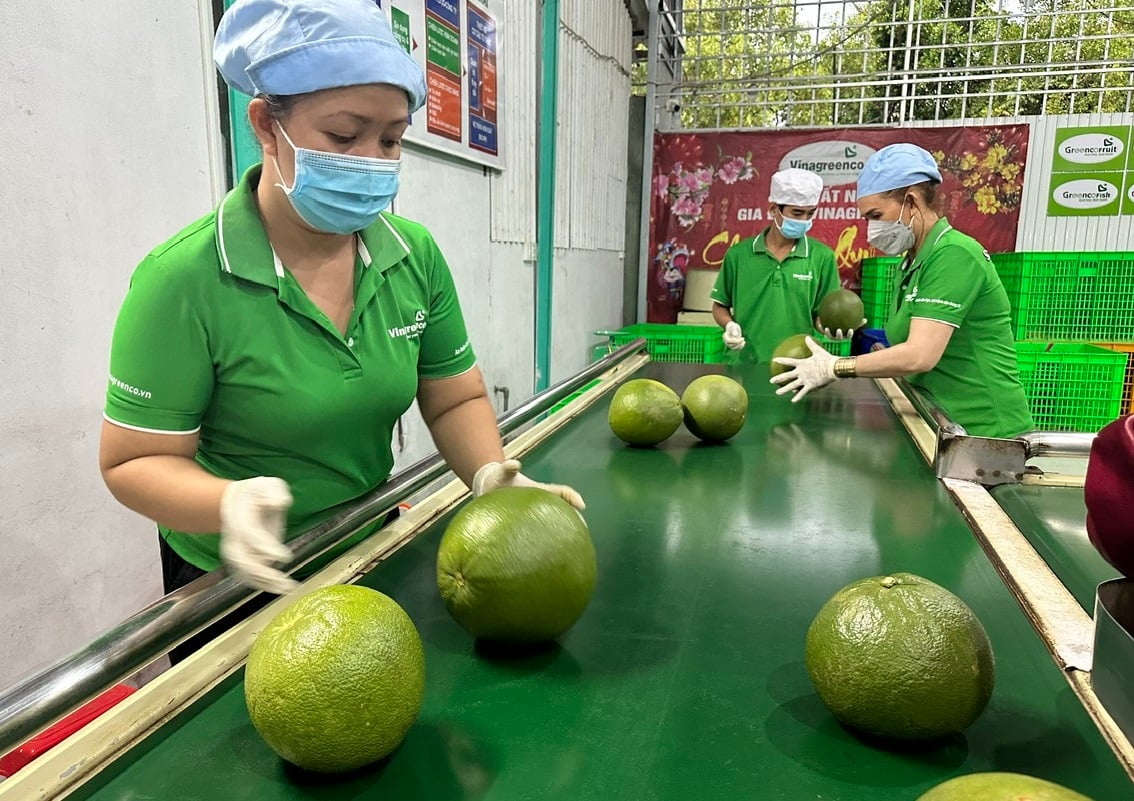
Meanwhile, Prof. Dr. Nguyen Trong Hoai, former Vice President of Ho Chi Minh City University of Economics, said that this difficulty is a warning for the economy in general and Ho Chi Minh City in particular when the level of dependence on the market is large. Therefore, this is the right time to restructure the industry, prioritizing areas that create high and sustainable added value.
According to Mr. Hoai, in addition to expanding the market, the City needs to boost public investment and stimulate domestic consumption to maintain growth. If implemented effectively, public investment in 2025 will act as a “lever” for the entire economy. Another priority that needs to be focused on is improving logistics infrastructure, thereby reducing transportation costs for both FDI and domestic enterprises.
“In particular, there needs to be a long-term strategy to support supporting industry enterprises, not only to help them better connect with multinational corporations but also to contribute to creating a solid foundation for future exports,” added Prof. Dr. Nguyen Trong Hoai.
Source: https://doanhnghiepvn.vn/kinh-te/doanh-nghiep-chay-dua-giao-hang-sang-my-truoc-gio-g-ap-thue-doi-ung/20250529081524238


![[Photo] Prime Minister Pham Minh Chinh attends the event "Digital transformation of the banking industry by 2025"](https://vphoto.vietnam.vn/thumb/1200x675/vietnam/resource/IMAGE/2025/5/29/0e34cc7261d74e26b7f87cadff763eae)










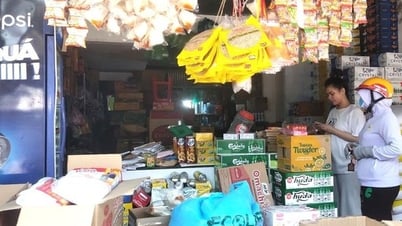
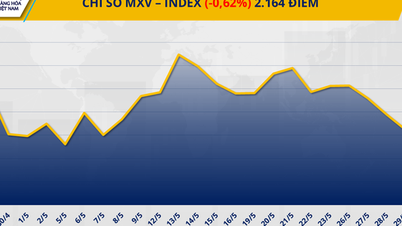










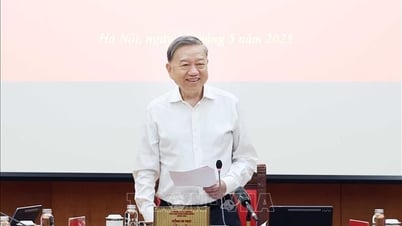
![[Photo] Prime Minister Pham Minh Chinh receives leaders of Excelerate Energy Group](https://vphoto.vietnam.vn/thumb/1200x675/vietnam/resource/IMAGE/2025/5/29/c1fbe073230443d0a5aae0bc264d07fe)





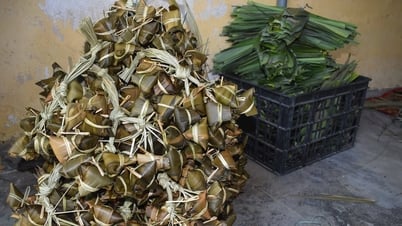
















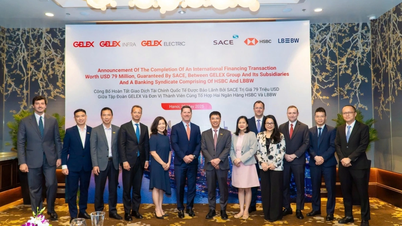




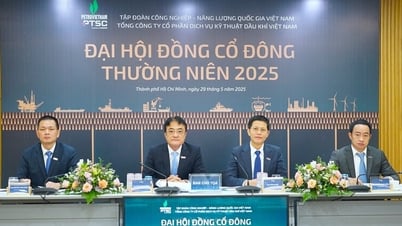











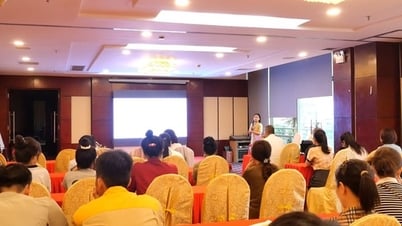










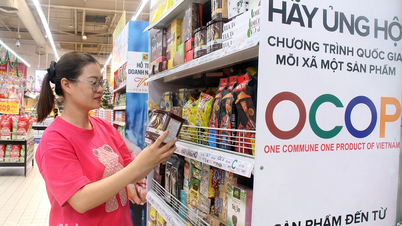
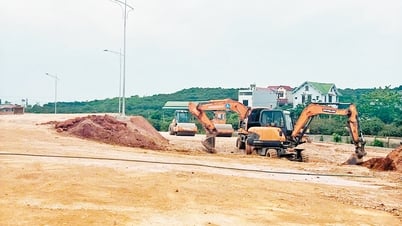

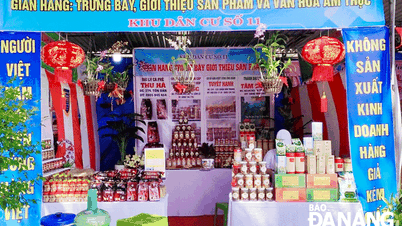


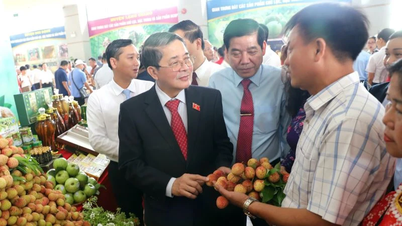




Comment (0)